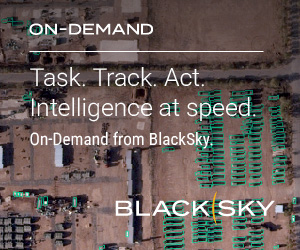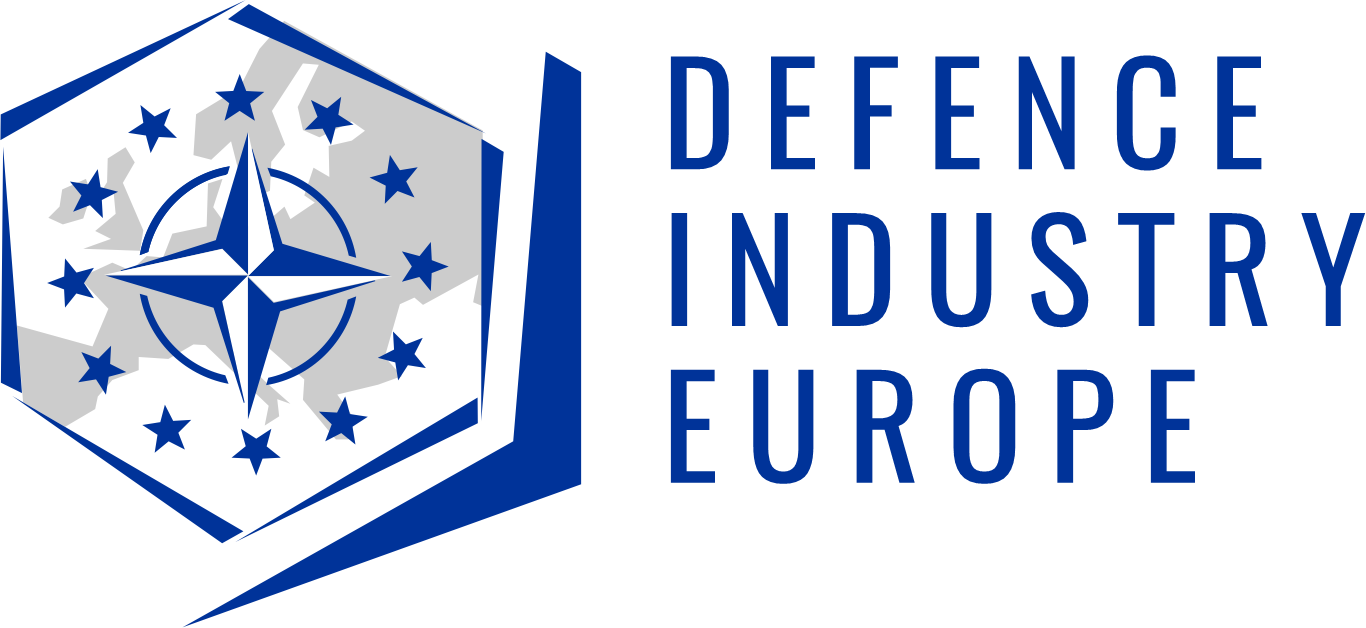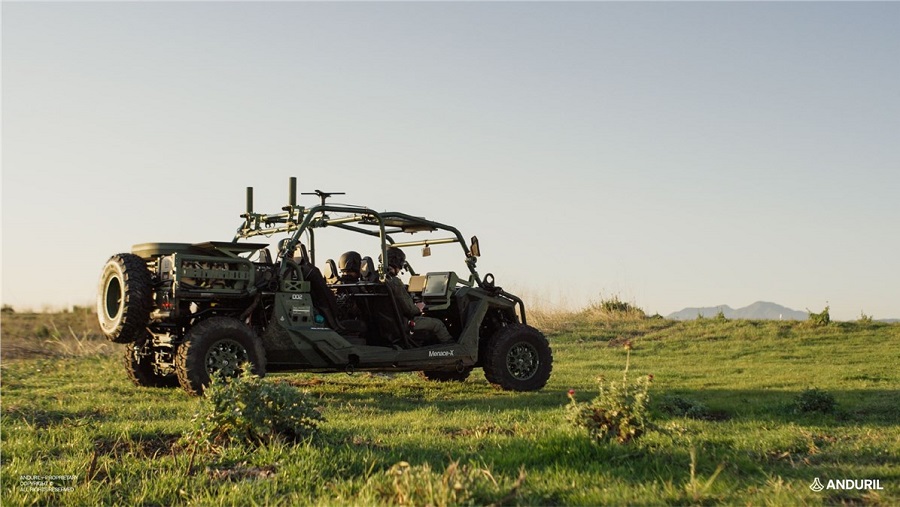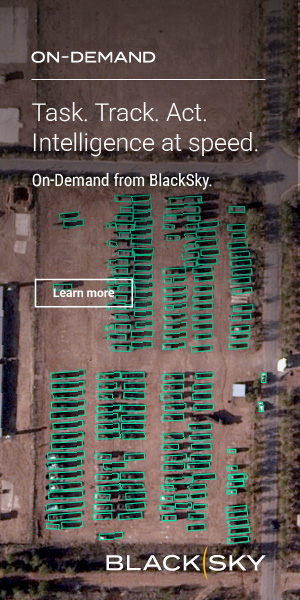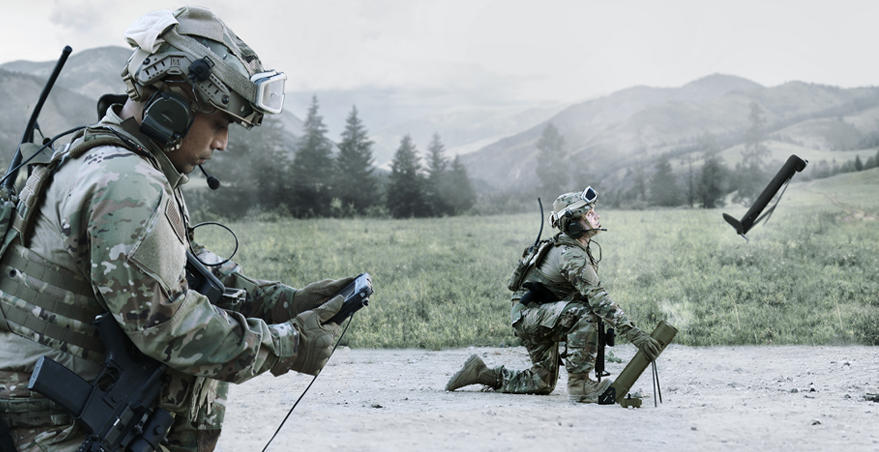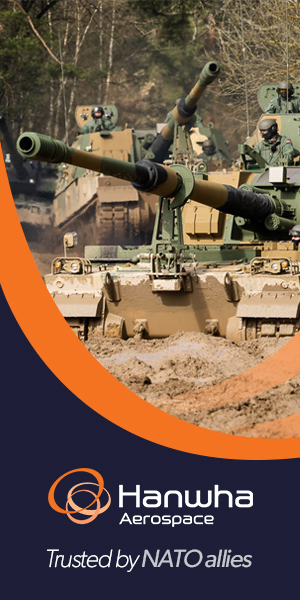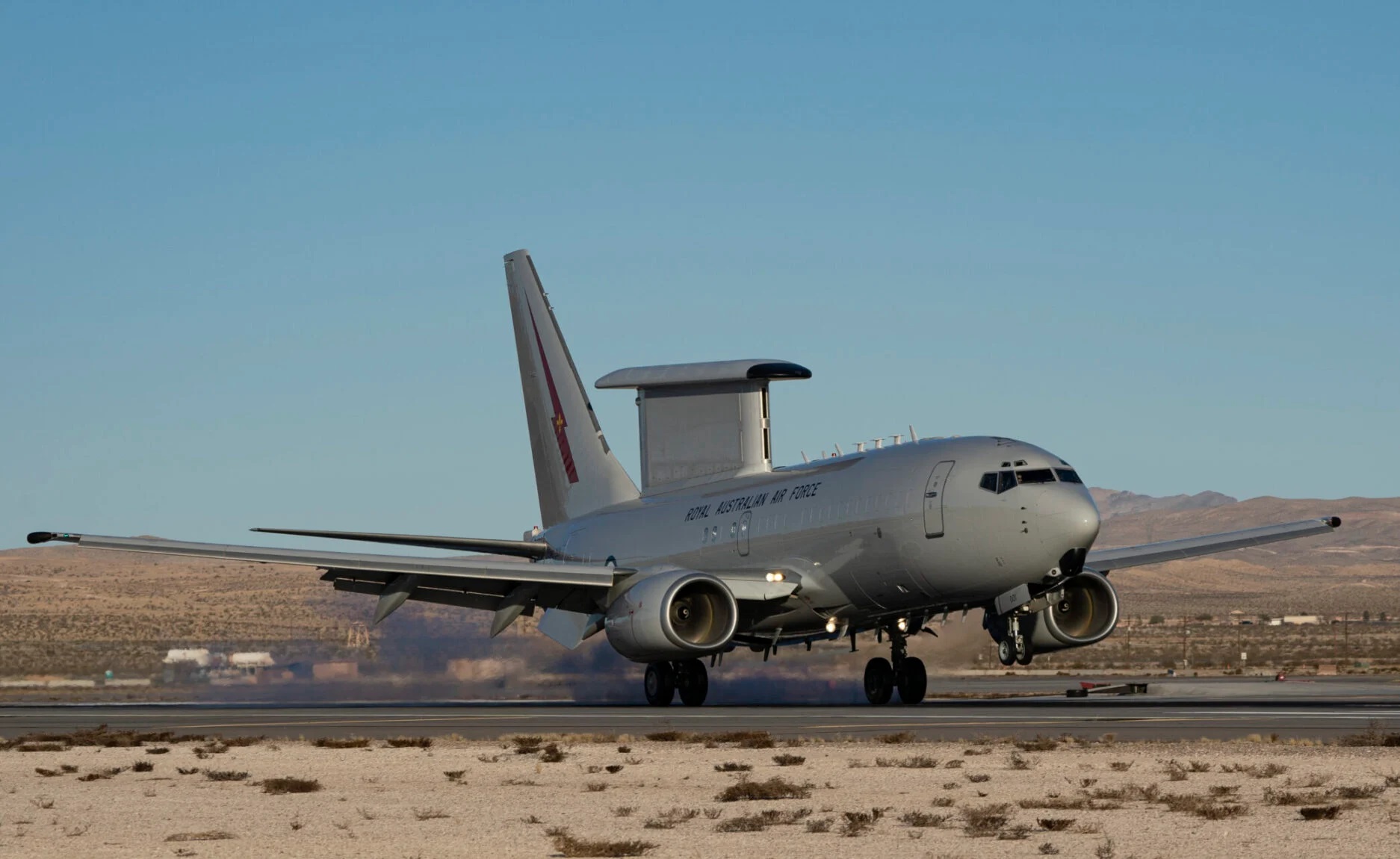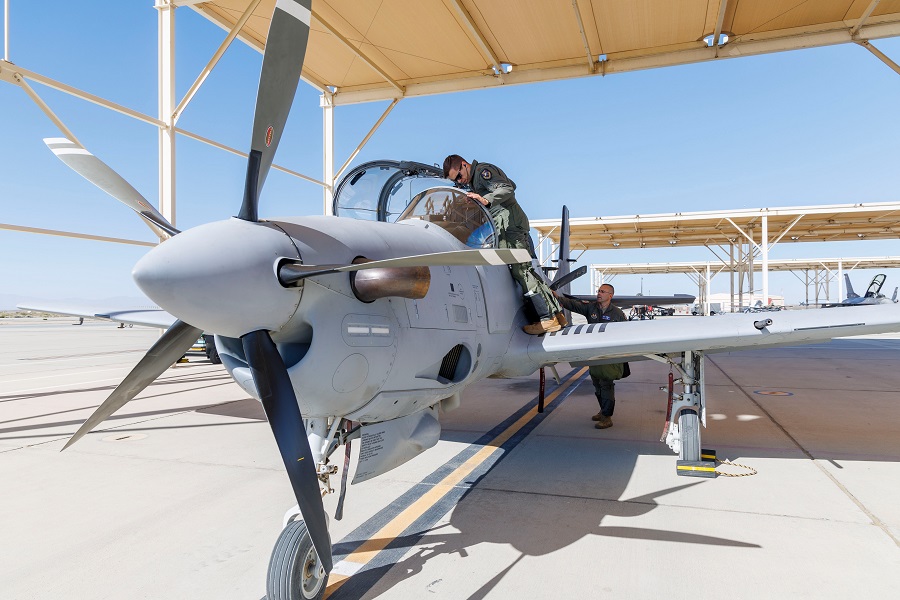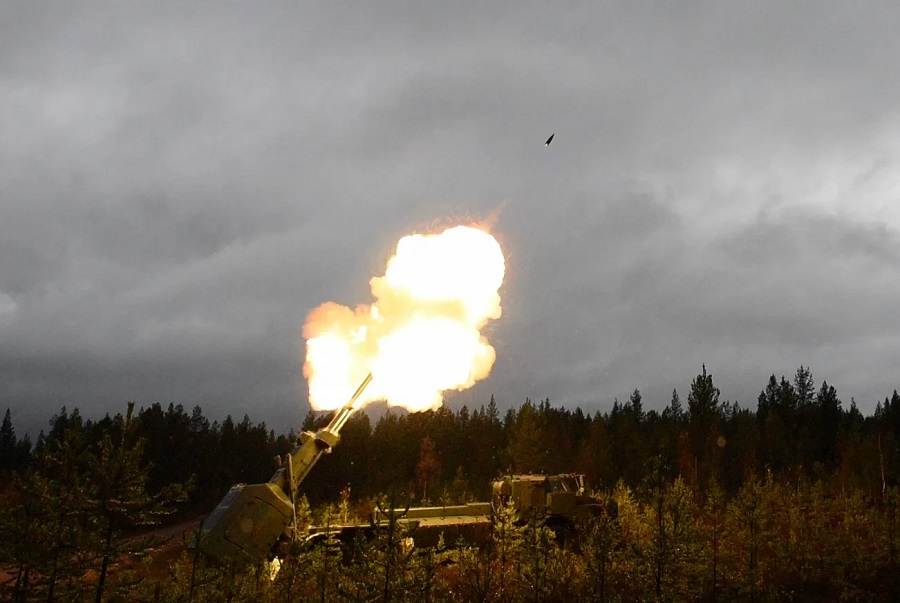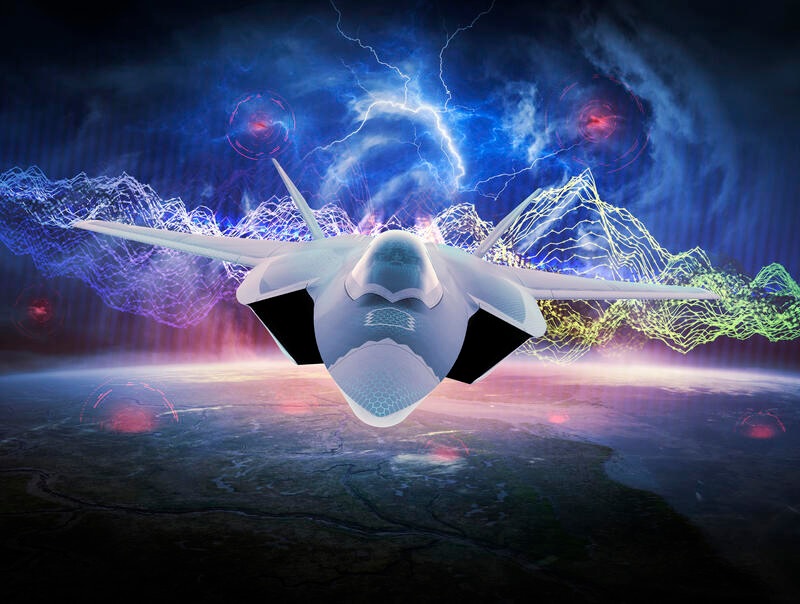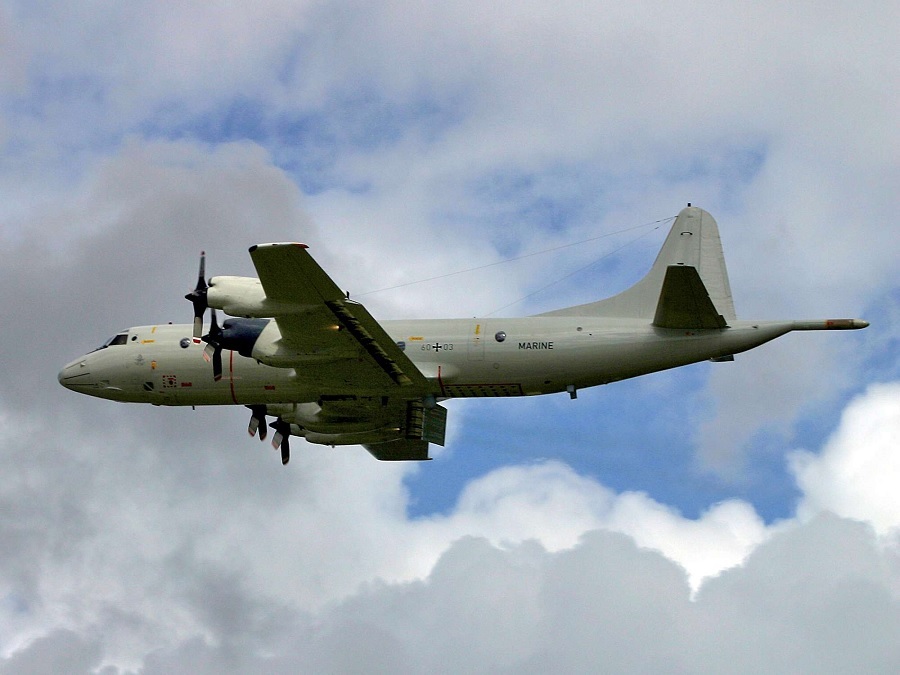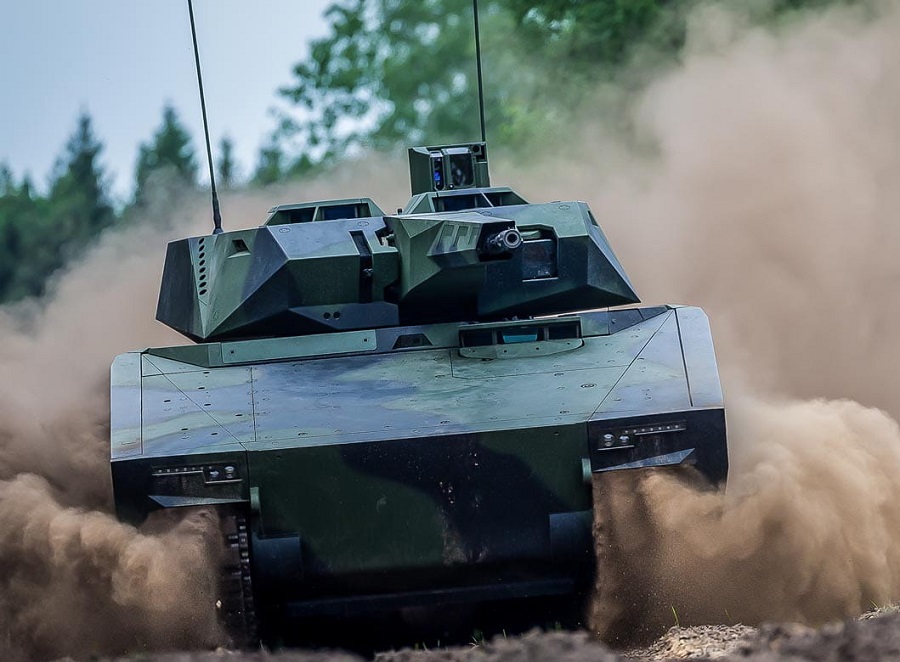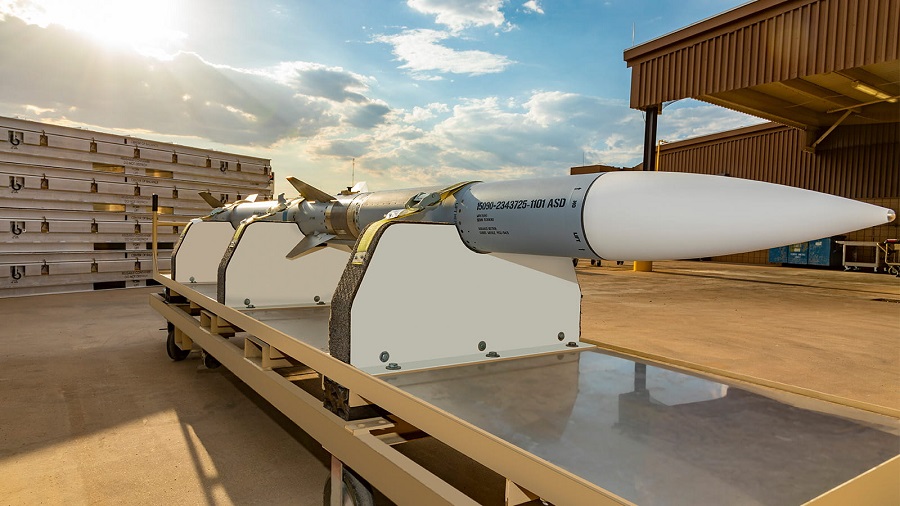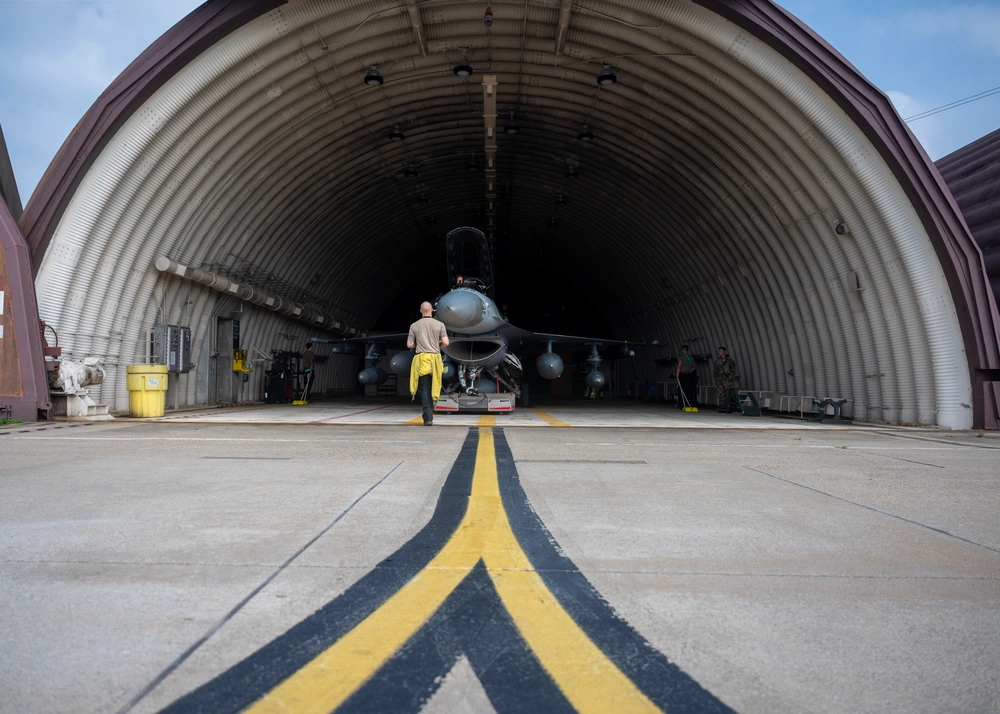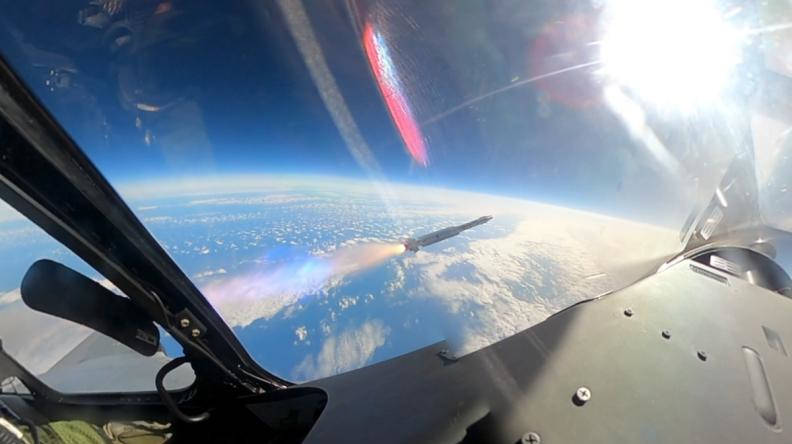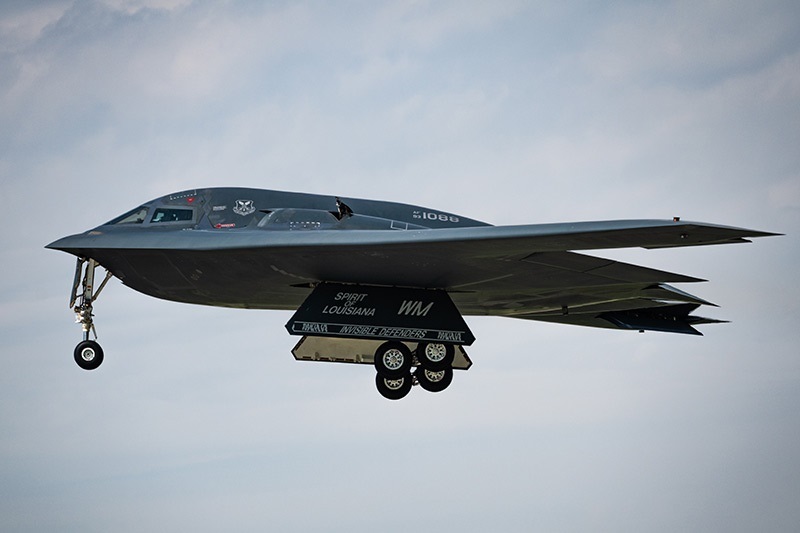As part of the demonstration, Anduril provided a software-enabled sensor aggregation platform alongside Edge Computing and Communications nodes. These technologies were designed to enhance data integration and situational awareness, enabling Marines in the field to access real-time information that has traditionally been processed in centralised command centres.
Tactical units often face challenges in receiving timely intelligence due to limited connectivity and reliance on hierarchical data processing structures. By deploying Menace FoS, the Steel Knight exercise enabled faster data sharing and improved operational coordination, supporting decision-making in complex environments.
Three expeditionary Menace systems were tested during the exercise, each designed for different operational needs. These included a command-and-control (C2) shelter, an expeditionary vehicle, and a man-portable variant, all supporting the Marine Corps’ Expeditionary Advanced Base Operations (EABO) concept.
The C2 shelter system, transported by a KC-130 aircraft, became operational shortly after deployment, facilitating intelligence, surveillance, and reconnaissance (ISR) planning. The expeditionary vehicle system, designed for rapid deployment via the MV-22 Osprey, processed sensor data for situational awareness. The man-portable variant, integrated into a maritime reconnaissance platform, provided rugged communications and computing capabilities to support operations in remote environments.
For the first time, the Menace FoS operated as a unified network, integrating strategic and tactical nodes into a single data-sharing system known as Lattice Mesh. Unlike conventional command-and-control architectures, which often separate communication and operational data, this approach aimed to improve efficiency, deployment speed, and coordination in dynamic scenarios.
The exercise demonstrated how tactical units could use real-time sensor data and mission planning tools even in austere environments where traditional data access might be limited. By testing Menace FoS in a field setting, the Marine Corps evaluated its potential for supporting expeditionary and distributed operations.

